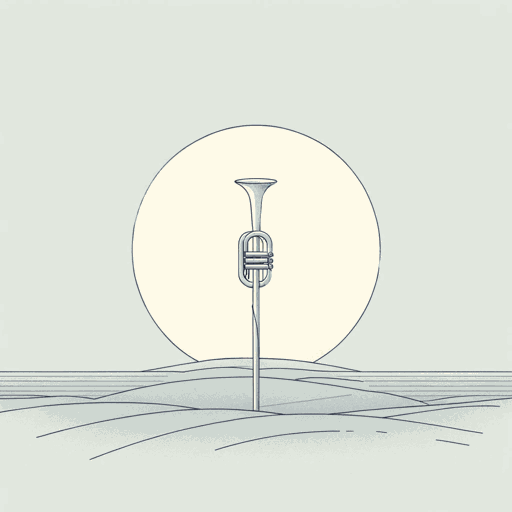20 pages • 40 minutes read
Wilfred OwenDulce et Decorum est
Fiction | Poem | Adult | Published in 1920A modern alternative to SparkNotes and CliffsNotes, SuperSummary offers high-quality Study Guides with detailed chapter summaries and analysis of major themes, characters, and more.
Literary Devices
Form and Meter
Content Warning: The section features references to and descriptions of war and its effects on the human body, physical descriptions of the effects of chemical warfare, and discussions of post-traumatic stress disorder.
The 28 rhyming lines of “Dulce et Decorum Est” initially resembles a Shakespearean double-sonnet, with two groups of 14 lines in iambic pentameter and the rhyme scheme ABAB CDCD EFEF GG. It does employ exact end rhyme—such as “boots” (Line 5) and “hoots” (Line 7)—which creates a songlike quality. However, the poem doesn’t follow the sonnet rhyme scheme, using quatrains throughout. Owen also breaks his iambic beat, varying lines from six to 12 beats. This, along with the stanza breaks and the use of dashes, creates a poem that undercuts the rigidity of form. A line like “Gas! GAS! Quick, boys!—An ecstasy of fumbling” (Line 9) also employs all caps and a dash to allude to the sensation of the dire quickness of the events. This suggests a growing fragmentation and destabilization, which adds to the sense that order cannot be adhered to when warfare occurs. The use of six syllables in the final line, shorter by half than the other lines, indicates the finality of what it means to die for one’s country.
Related Titles
By Wilfred Owen



